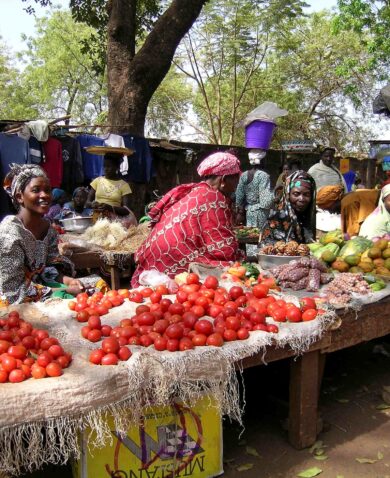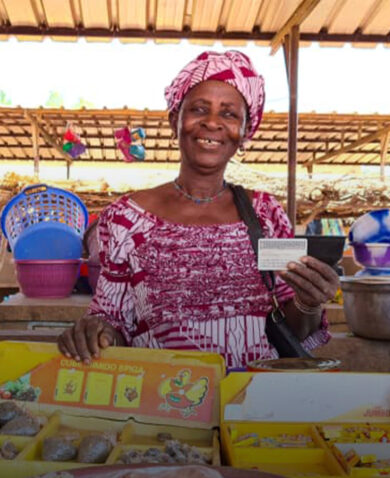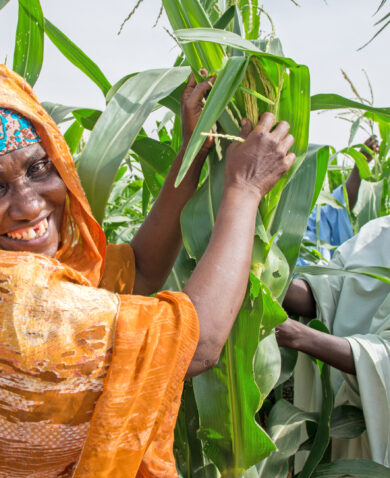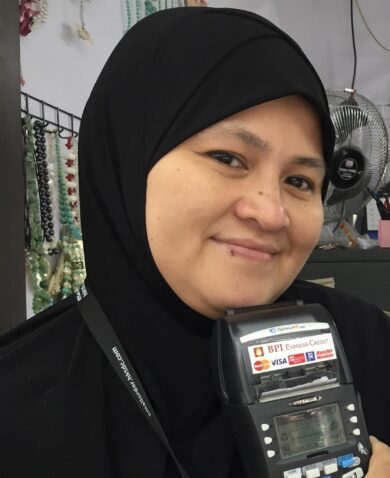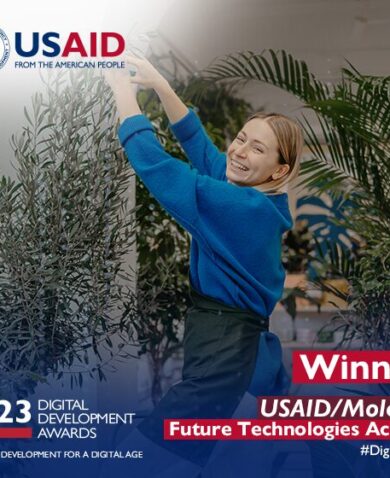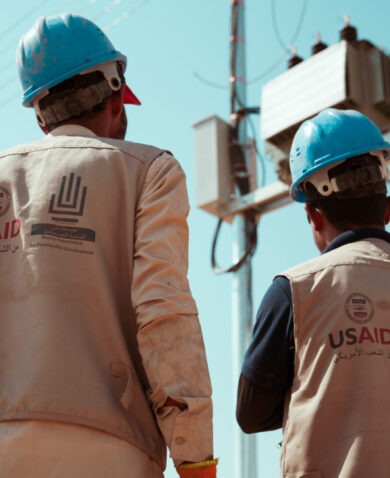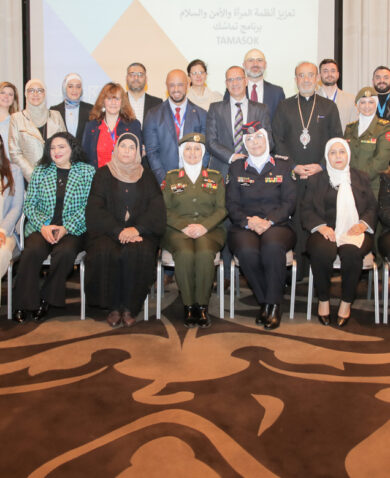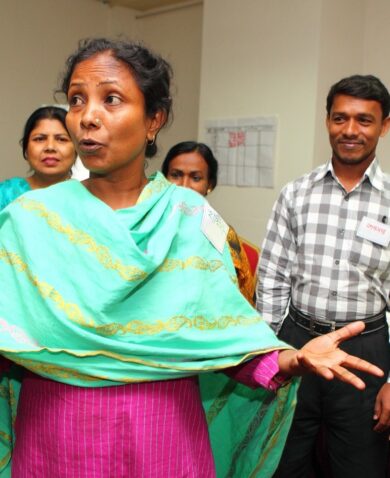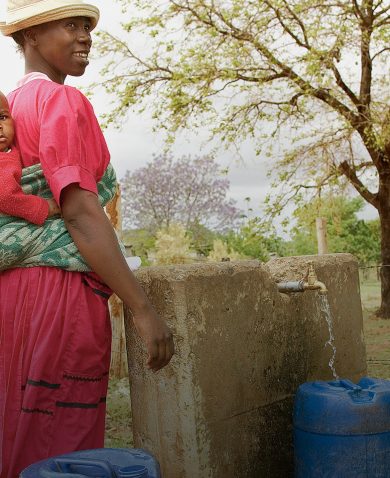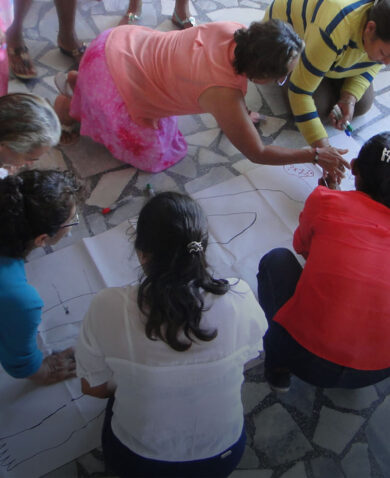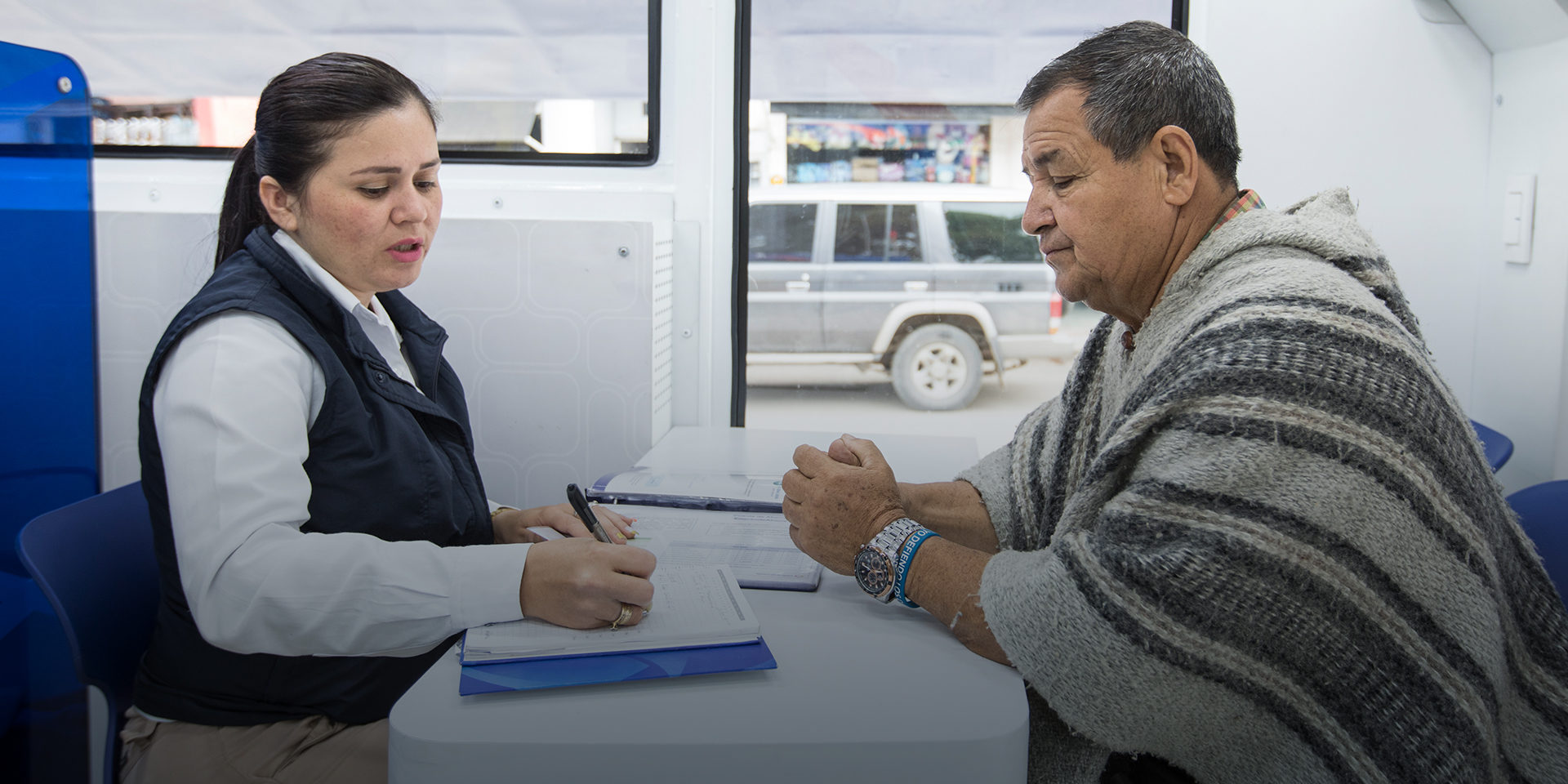
Building Bridges Between Financial Institutions and Rural Communities in Post-Conflict Regions
November 26, 2019 | 2 Minute ReadHow does the development community incentivize the financial sector to include rural, marginalized clients that it may consider too risky and too costly to reach?
This article originally appeared on the SEEP Network’s blog.
In a large city, it probably would take you less than five minutes to find an ATM. In a small town, however, finding an ATM can be much more challenging. Imagine that you live in a small town torn by decades of armed conflict, and like many others, you don’t even have a bank account because the closest bank is three hours away by bus. Who can give up a full day’s worth of work to open an account? Or risk taking public transportation carrying large sums of cash to deposit or after a withdrawal?
Financial inclusion — already a challenge in times of peace and stability — deteriorates in fragile environments. Decades of armed conflict often result in geographically isolated communities with low financial literacy, few assets, and a lack of trust in the government or private sector. Development implementers need to make a business case to engage financial institutions and serve marginalized clients, even in conflict-affected areas. The way to do this is by lowering risk and costs for the bank and client alike while building trust between the two so that both can turn a profit.
Lowering Costs
Financial institutions face high operating costs because it is expensive to reach geographically dispersed populations, especially in post-conflict areas with ongoing security concerns. To solve this challenge, the USAID Colombia Rural Finance Initiative (RFI) is working with financial institutions in Colombia to leverage digital technology to bridge geographic distances and increase access to financial services. In rural Colombia, residents may just receive a visit from Banco de Bogota’s “mobile branch,” a bus equipped with financial advisors and digital tools that travels to remote towns, allowing people to open a savings account or apply for a loan using a digital application. Financial institutions in Colombia are investing in building digital ecosystems — including digital wallets, microloans, and digital savings — to reduce costly cash-based transactions and make financing accessible and safer for clients in remote locations, where cash can leave some people vulnerable to assault. Experience in Colombia and elsewhere tells us that low-income households are able and willing to pay market interest rates when the bank dramatically reduces transaction costs. Now, many community members in rural Colombia don’t have to miss a day’s work just to make a microloan payment … Read the full article on the SEEP Network’s blog.
Posts on the blog represent the views of the authors and do not necessarily represent the views of Chemonics.
















